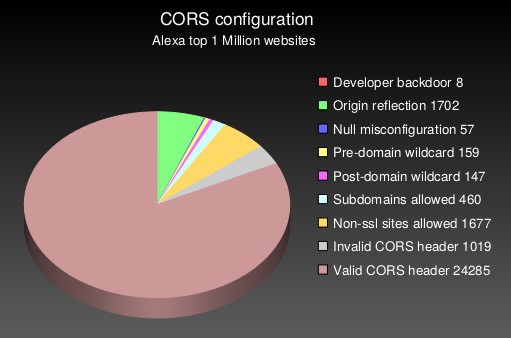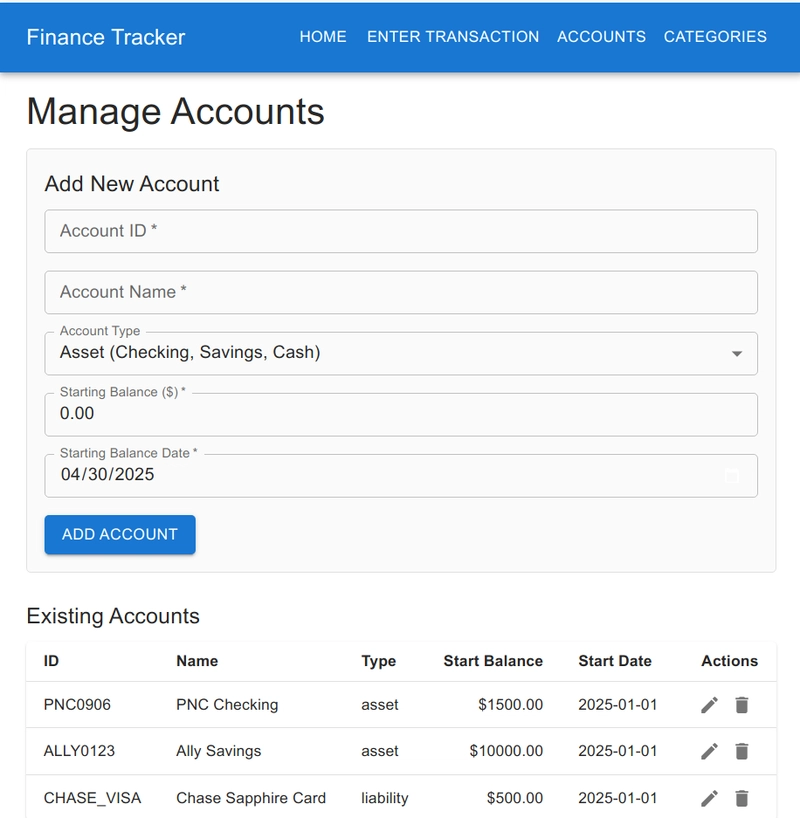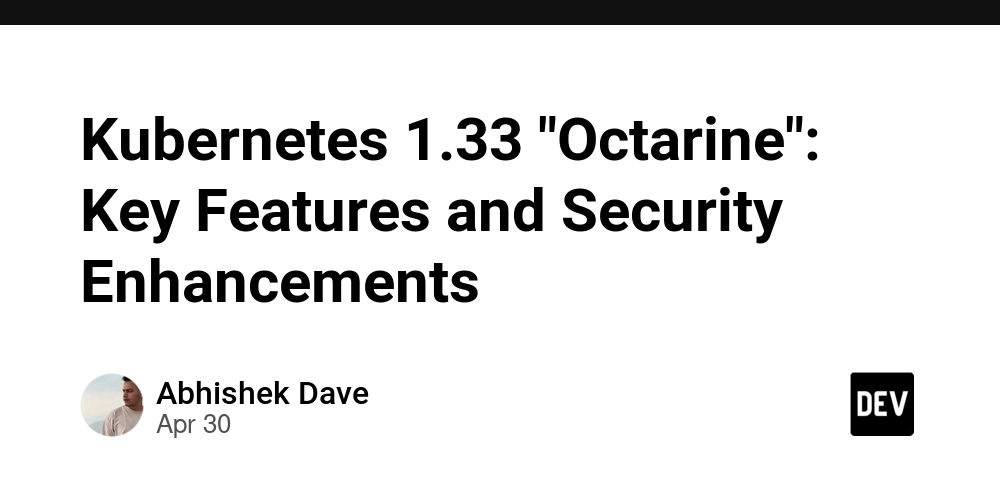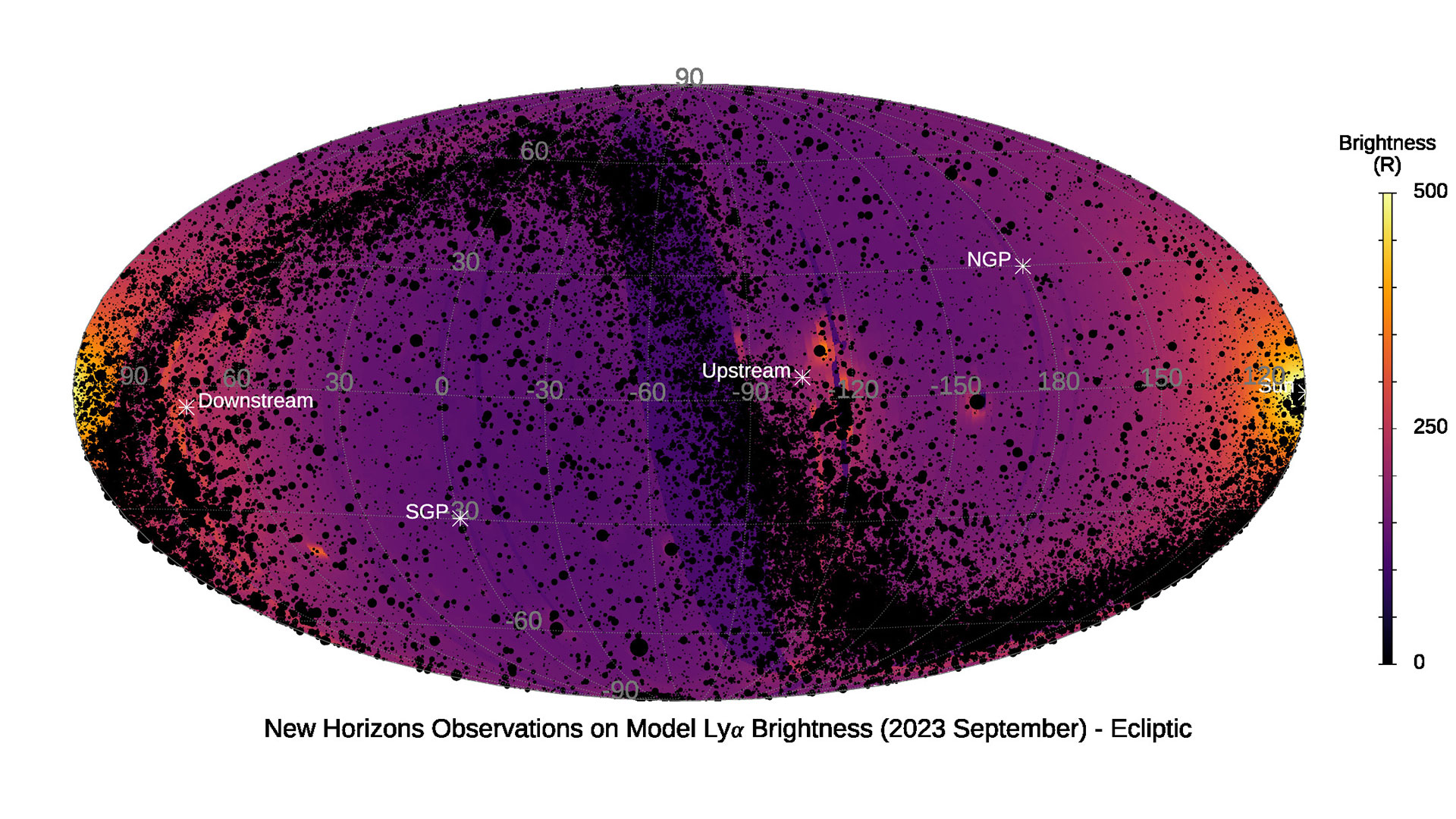More districts eye AI training for teachers
Roughly half of districts in a nationally representative survey reported that they have provided training to their teachers about generative AI-powered tools as of fall 2024, according to data from the American School District Panel.


Key points:
- More teachers are using AI-powered tools in instructional planning or teaching
- A new era for teachers as AI disrupts instruction
- AI in K-12 instruction: Insights from instructional coaches
- For more news on teaching with AI, visit eSN’s Digital Learning hub
Roughly half of districts in a nationally representative survey reported that they have provided training to their teachers about generative AI-powered tools as of fall 2024, according to new data from the American School District Panel (ASDP), a research partnership between RAND and the Center on Reinventing Public Education.
The research is based on two sources: survey data from national samples of K-12 public school districts in fall 2023 and in fall 2024 (about 300 districts completed the fall 2024 survey, and about 200 districts completed the fall 2023 survey), and interviews with 14 district leaders who either started training their educators on AI or were planning to do so during the 2024-2025 school year.
As AI moves further into classrooms, it has generated debates around appropriate use for teachers and students. It also reveals the need for district policies and teacher training.
Key findings include:
In fall 2023, 23 percent of districts said they had already trained their teachers on AI use, and 37 percent of districts said they planned to provide AI training at some point during the 2023–2024 school year. In total, 60 percent of districts surveyed in fall 2023 reported plans to provide teacher trainings on AI by the end of the 2023–2024 school year. In fall 2024, 48 percent of districts (from a new representative sample) said they had trained teachers on AI use.
Low-poverty school districts tend to outpace middle- and high-poverty districts in providing teacher training on AI use. By the fall of 2024, 67 percent of low-poverty districts reported having provided training for teachers on AI use, compared to 42 percent of middle-poverty districts and 39 percent of high-poverty districts.
Interviews conducted in the course of research revealed that most district leaders focused their initial teacher trainings on easing teachers’ fears and concerns around using genAI. Most leaders also said they encountered negative teacher views of AI tools, with many saying they viewed it as a threat to traditional teaching. Most district leaders also wanted to empower teachers as they explored genAI use. Overall, most districts seemed to take a cautious approach, focusing first on teacher use before turning attention to how students will or will not be permitted to use AI in the classroom.
Nearly all AI trainings were optional, with just one district conducting a mandatory training. One district leader noted that trainings were there to help teachers feel empowered to explore AI tools if interested. Some districts embedded AI training into broader professional development, others offered bite-size AI training sessions, and still others combined AI training formats to give teachers multiple entry points.
Eleven districts adopted a do-it-yourself approach to AI trainings, which required the leaders to identify learning objectives, create or curate technical content, and design training formats either from scratch or with a patchwork of internal and external resources. This approach shed light on the lack of external experts available to provide the type of targeted AI training teachers need.
The research also reveals two key implications for teacher training when it comes to AI use:
Implication 1: Training and support organizations can help better address educator fear and reluctance to use AI by taking these concerns seriously.
Implication 2: Districts–especially those serving students in high-poverty schools–likely need additional support to prepare their teachers for AI.
Find the detailed research report here.










































































